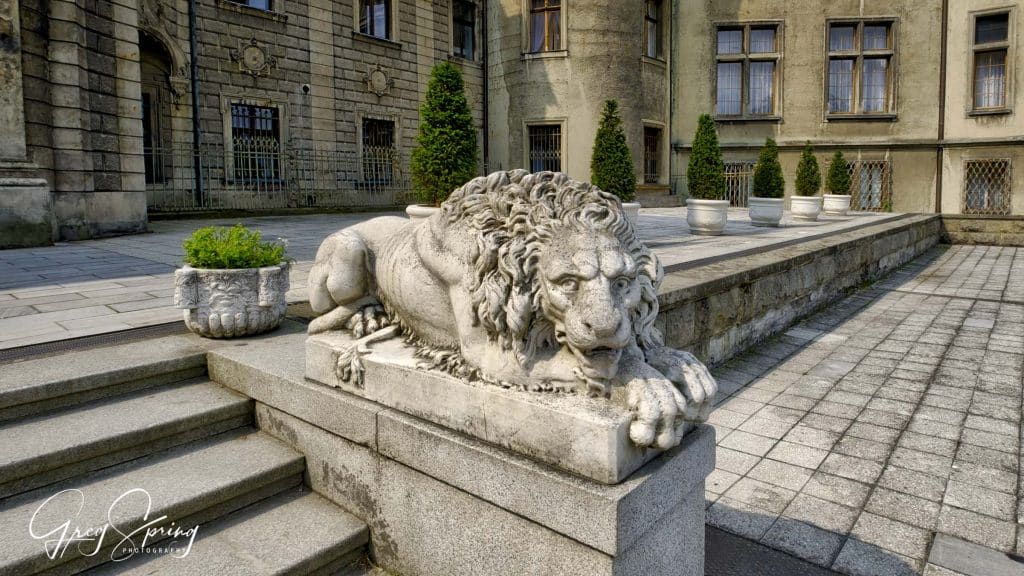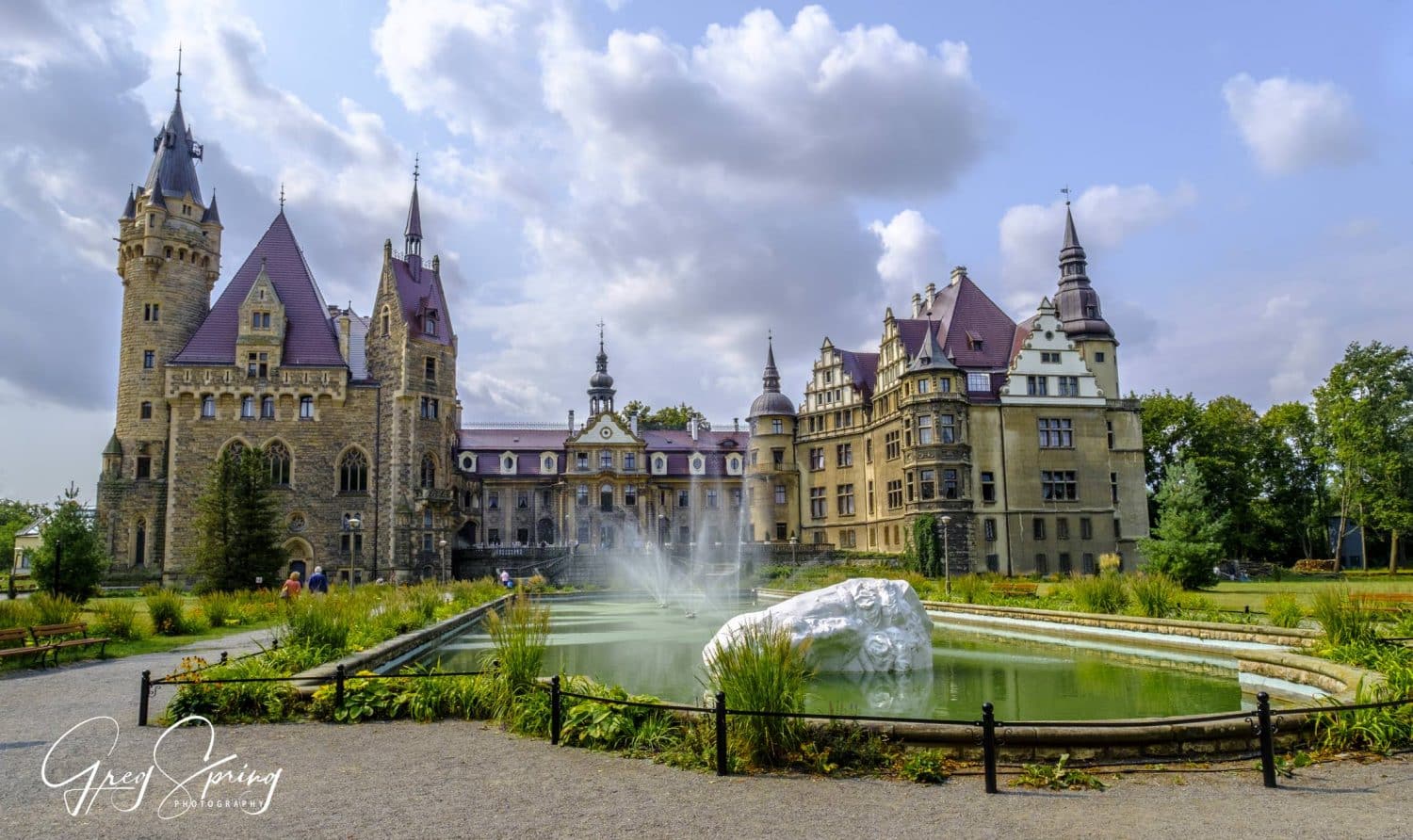Poland has castles; a lot of castles – did you know? In Silesia, in southwestern Poland alone, you can follow a map, drive around for a month and still not tick off every castle and palace. Our mission 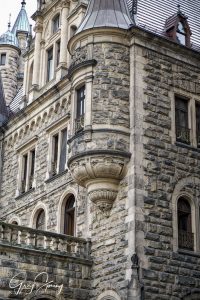 in August was to visit a few castles in Lower Silesia over a 3-day period. A group of 7 expats, Poles, Brits, Irishmen, and Americans, we hired a van and took off to the road with a short list in hand. The photographic story of this jaunt will be posted here in 3 parts which, I hope, attests to some of the unknown beauty and history of Poland.
in August was to visit a few castles in Lower Silesia over a 3-day period. A group of 7 expats, Poles, Brits, Irishmen, and Americans, we hired a van and took off to the road with a short list in hand. The photographic story of this jaunt will be posted here in 3 parts which, I hope, attests to some of the unknown beauty and history of Poland.
There is a difference between a castle and a palace. A castle is a large structure or group of buildings which are fortified with thick walls, towers, and maybe a moat. A palace is an official residence. It is grand and imposing but does not have a defensive wall. It stands to impress with splendor and grandeur. We use the terms castle and palace interchangeably even though they are different.
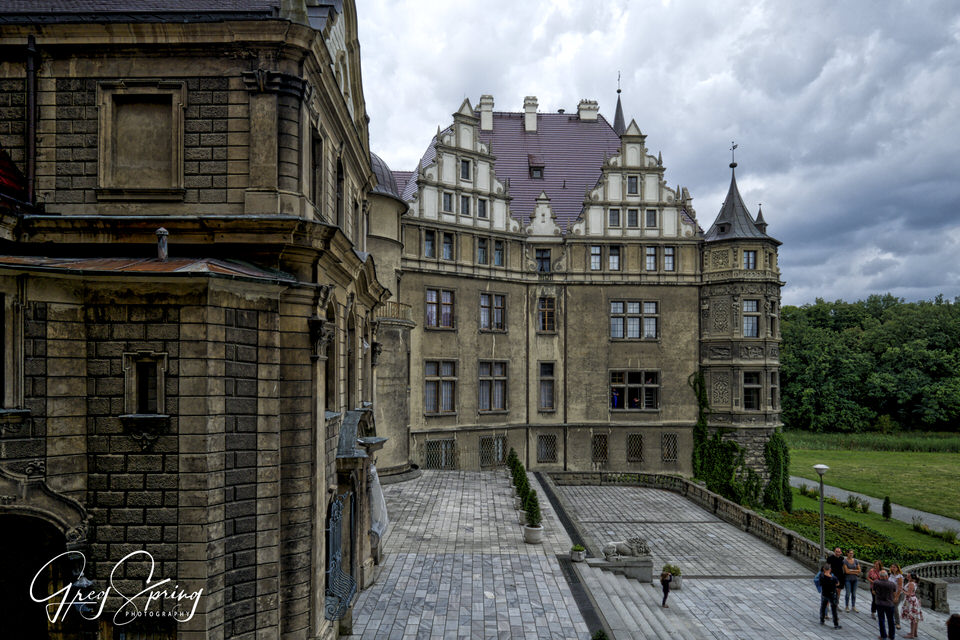
http://www.everycastle.com/Castles-in-Poland.html
https://en.wikipedia.org/wiki/List_of_castles_in_Poland
Day 1 – Moszna Palace
There is a sign, a small one and easy to miss that will point you towards the small village of Moszna just 22 miles away from Opole and 75 miles from Wrocław. When you find the village, look for the ‘zamek’ sign (zamek is castle in Polish) and you will find yourself on some narrow road hoping you have not taken a wrong turn. But through the trees, you might spot a large looming structure with promise.
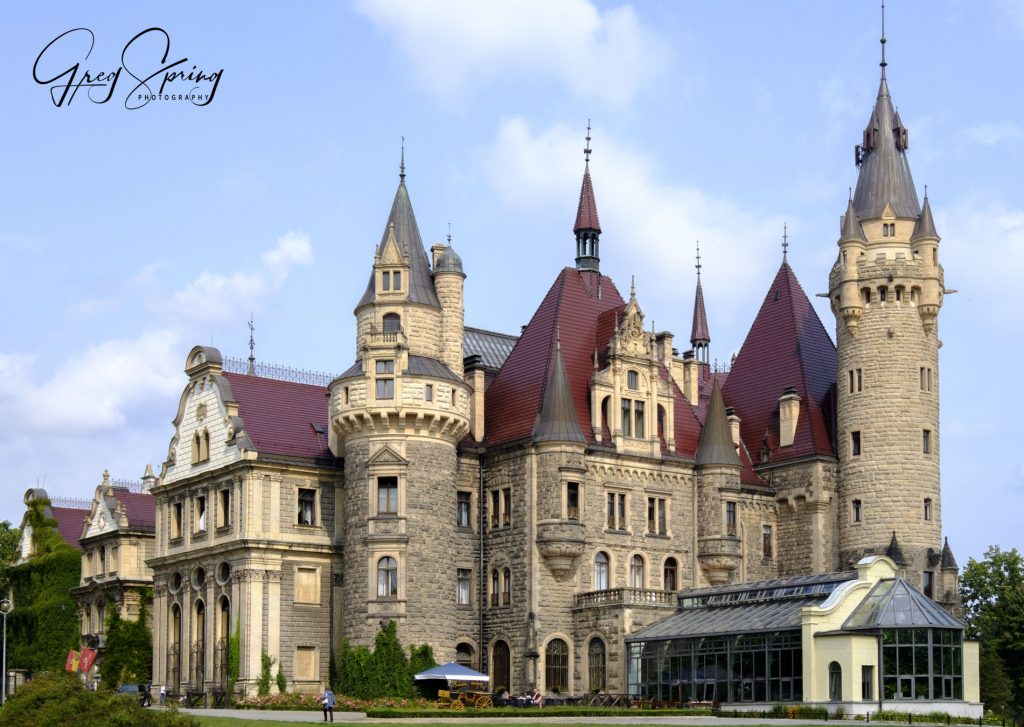
As you round the stand of trees, there stands Moszna Castle, a fairy-tale palace and a jaw-dropping vision. The walls are thick old stone and massive. There are 99 spires of various shapes and sizes. In fact, the roofline looks like a mash of turrets. The owner would have liked a 100 spires but at a hundred, the law would require him to build a military garrison, a very expensive proposition. So he stopped at 99.
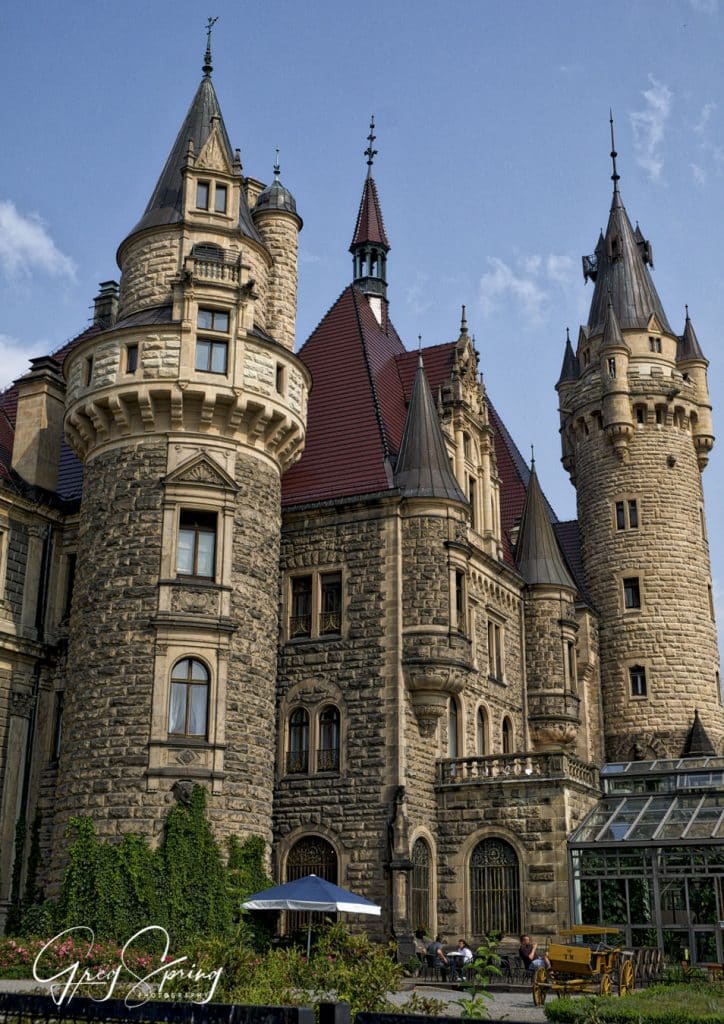
This gigantic dreamlike structure is spread over 8,400 square yards. Moszna is eclectic, the result of the building of three different sections by different families each with their own distinctive architectural styles. History dates a structure here in the middle of the 17th century but most of the construction is from the 18th and 19th centuries. It is mesmerizing and eerie.
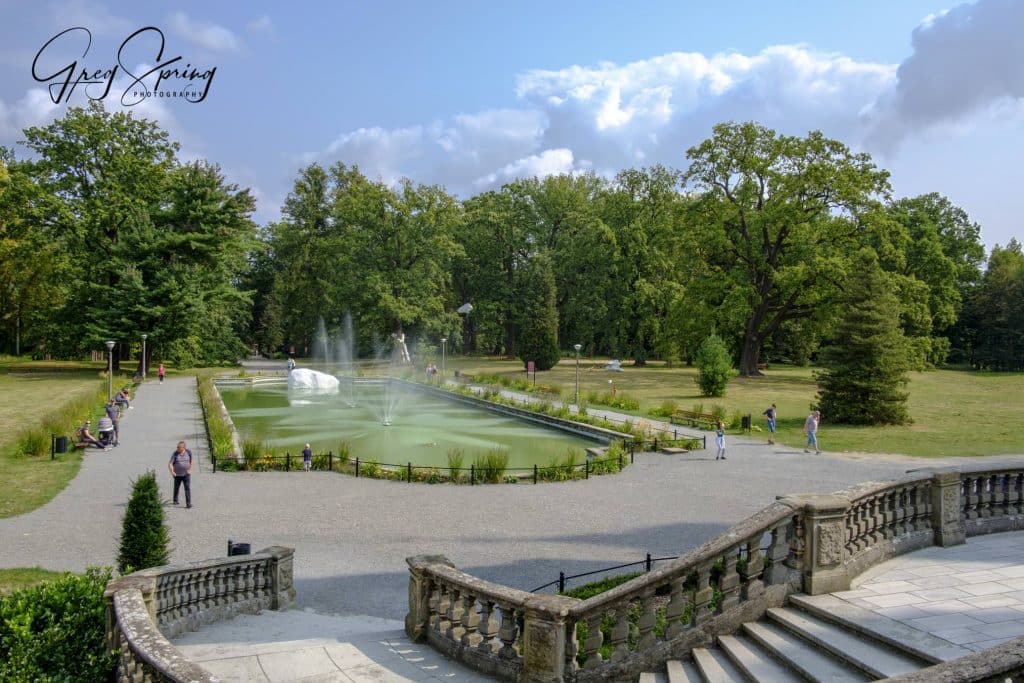
The grounds are spread in an array of gardens, old trees, sculptures, fountains, terraces, and balconies. Inside, it is very grand but devoid of furnishings. This castle suffered greatly when the Red Army took over in the mid-40’s. Books and furniture were tossed from the windows and burned. Furniture was stolen. The chapel was used as a stable even though the actual stables were just 200 meters away. Currently, restoration is still in progress and it appears it will continue for many years.
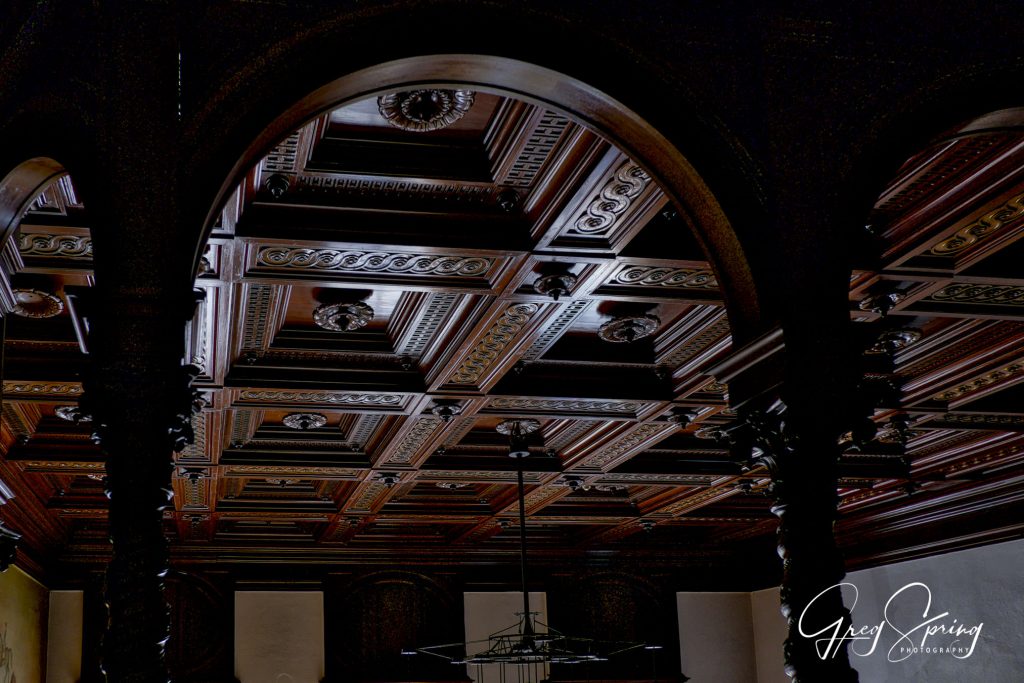
There was no English language guided tour available so my understanding of the history and details are sketchy. I know that there is only one piece of original furniture remaining. It is an ornate chair with arms.
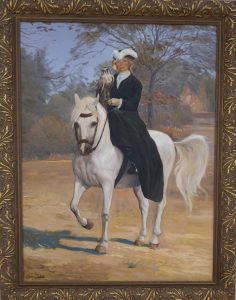 There were about a dozen modern paintings of a blond lady that was out of character to the place. We were told that a lady, who is a long-lost member of the family, contributes portraits of herself to the castle complex. They hang over the walls in two of the large rooms, a display of very bad taste.
There were about a dozen modern paintings of a blond lady that was out of character to the place. We were told that a lady, who is a long-lost member of the family, contributes portraits of herself to the castle complex. They hang over the walls in two of the large rooms, a display of very bad taste.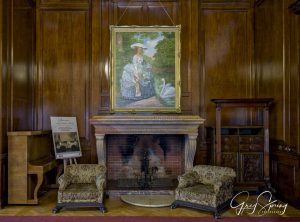
The original owner of the castle was a lord with an ego-complex who enjoyed lording over his subjects who had to wait for audiences at the bottom of 4 stairs a short distance away from his desk. He was a petite guy who had his doorways built to be diminutive so people would have to stoop to enter the rooms. Stooping for him, I guess, meant giving some kind of tribute to him.
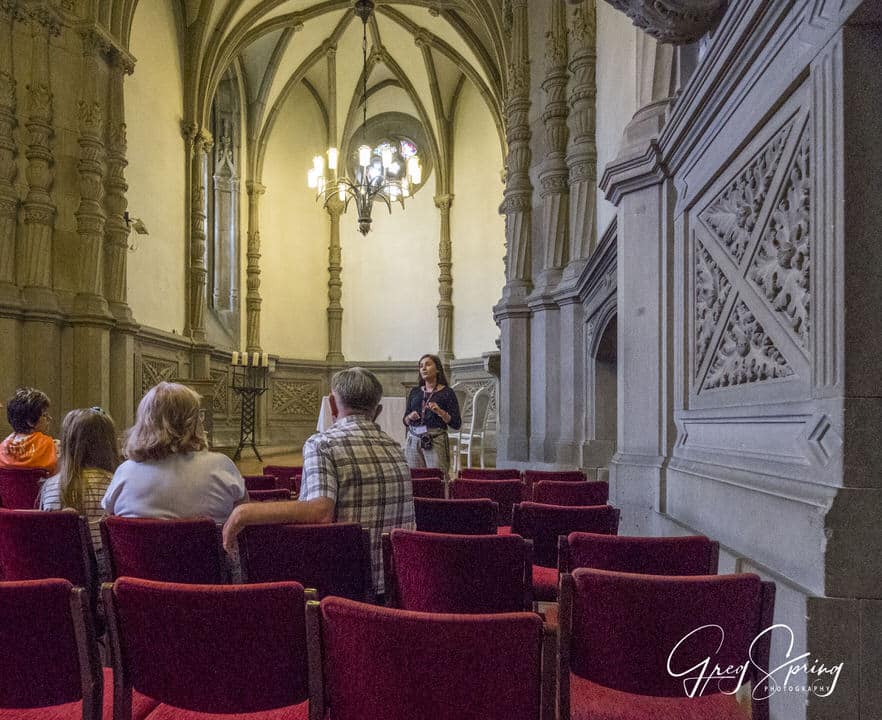
In the Chapel at Moszna
Nowadays, the castle is used for wedding photography and events. It is open to the people who live in the town of Moszna to use for picnics or to borrow books from the library. The castle has a restaurant as well. But primarily the Moszna palace is there to charm and awe. Compare it to those fairy-tale castles that are so lauded in Germany and Moszna can stand its place easily.
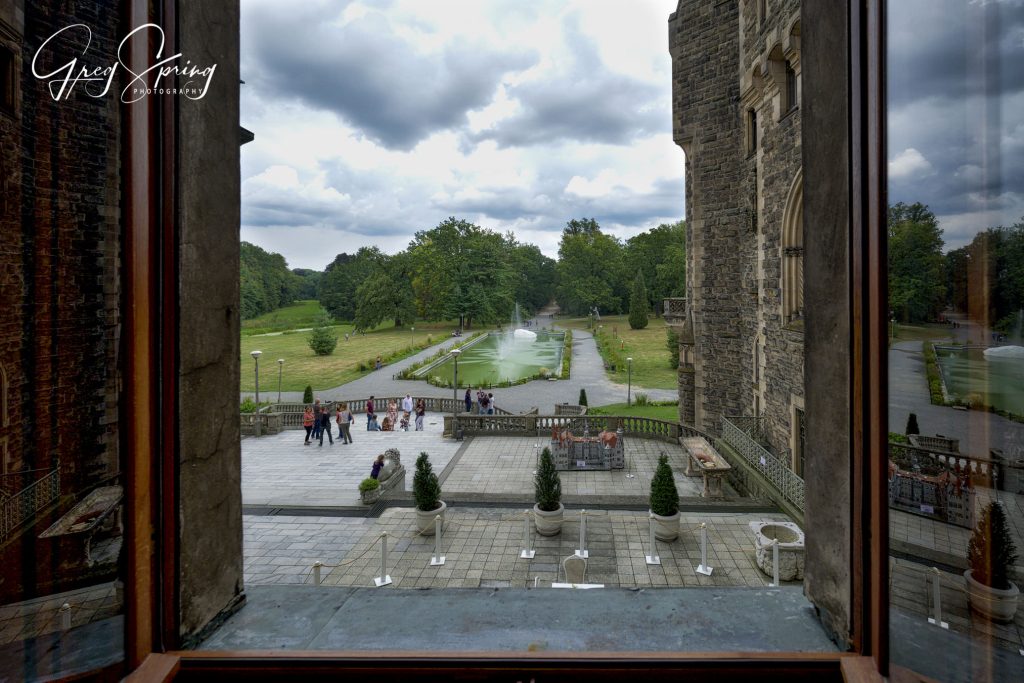
Off to Bolków Castle: All in a Day
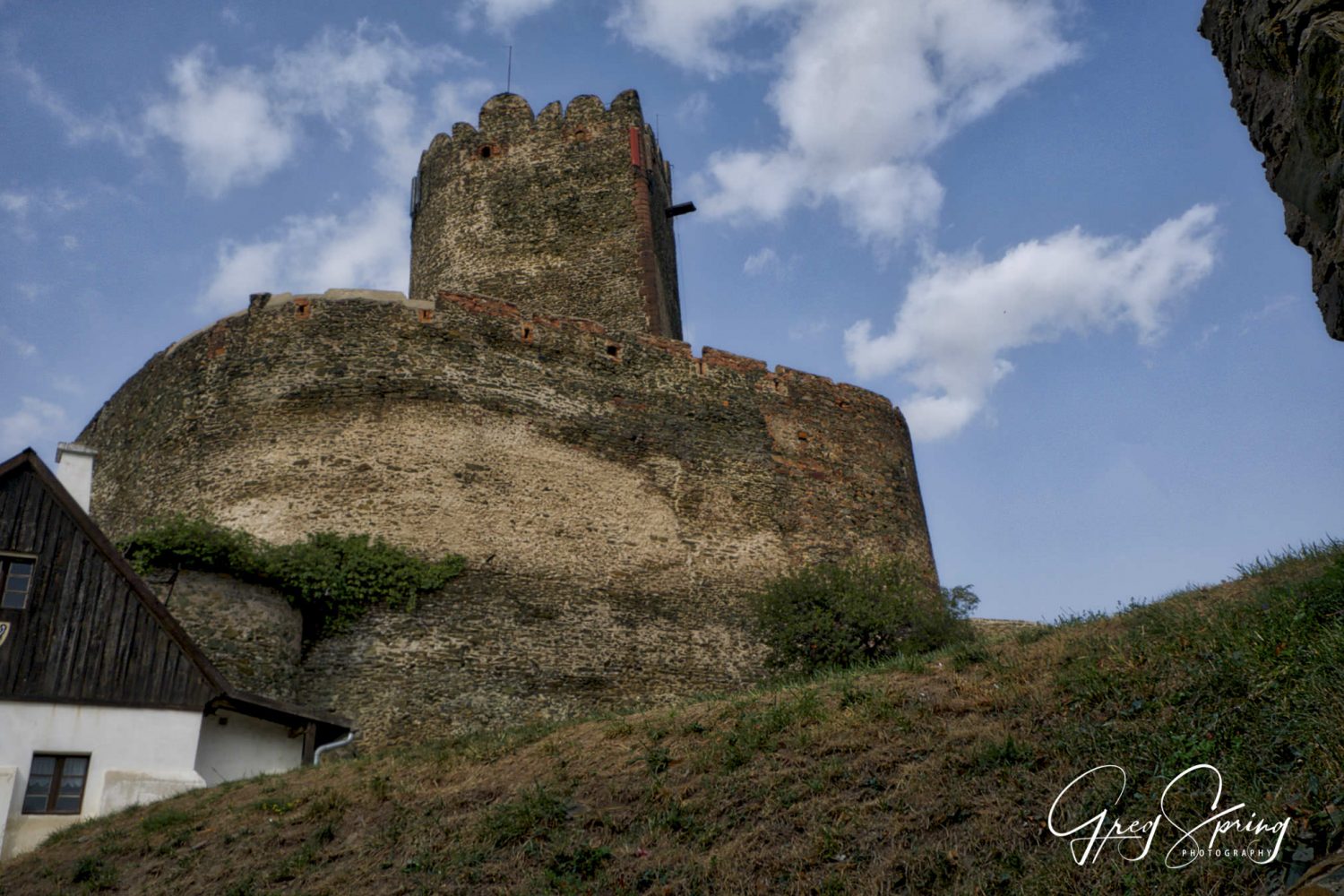
Bolków Castle is a true castle and a deep contrast from the Moszna Palace. It stands atop a hill called Wzgórze Zamkowe in a little village called Bolków. The hillside is marked by a sharply dropping precipice. It was an uphill climb over large stoned walks within the curved fortress walls and through a large iron gate into an enclosed enclave of tumble-down walls, stairways, passages, and wells. It felt very medieval and ghostly.
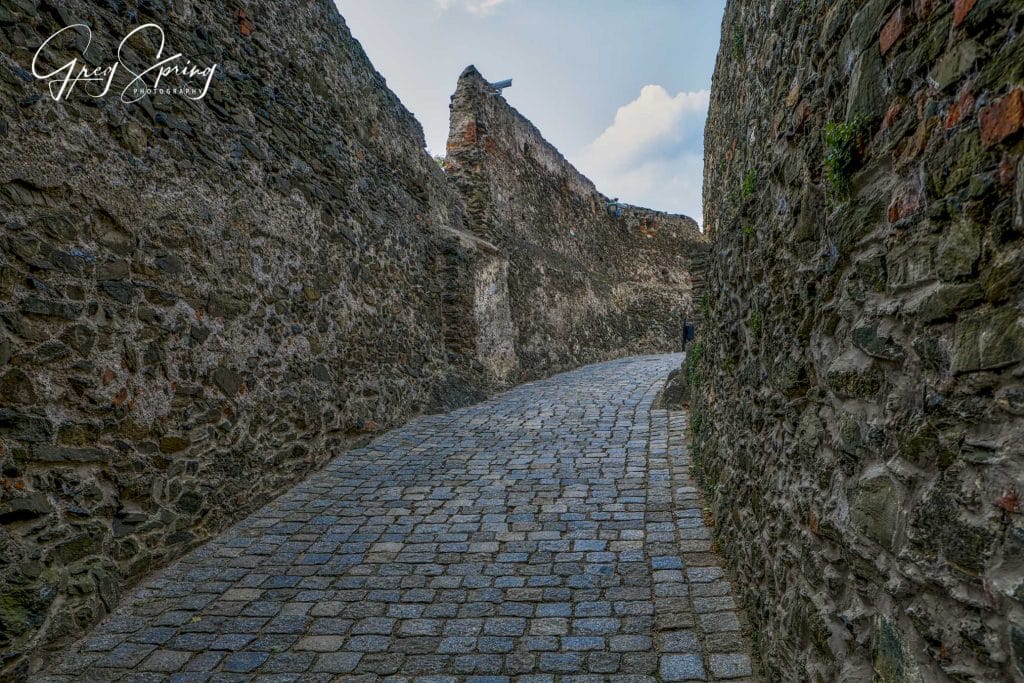
The courtyard and walls offer some spectacular views. It was a beautiful, late summer afternoon and the agricultural scenes appeared like paintings by Milet. The newly harvested fields stretched up and over in swirled patterns, a canvas unto themselves.
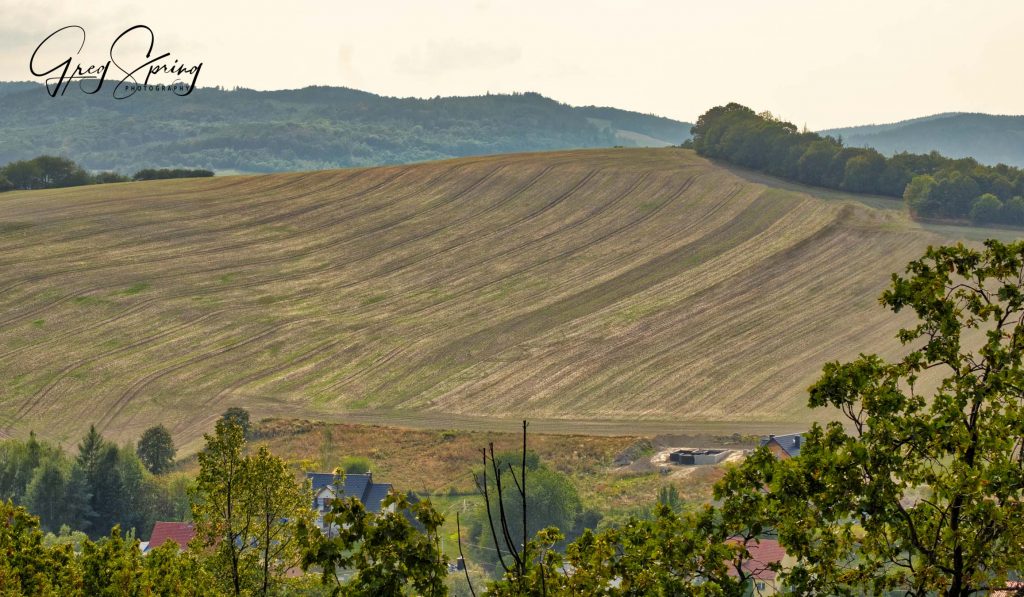
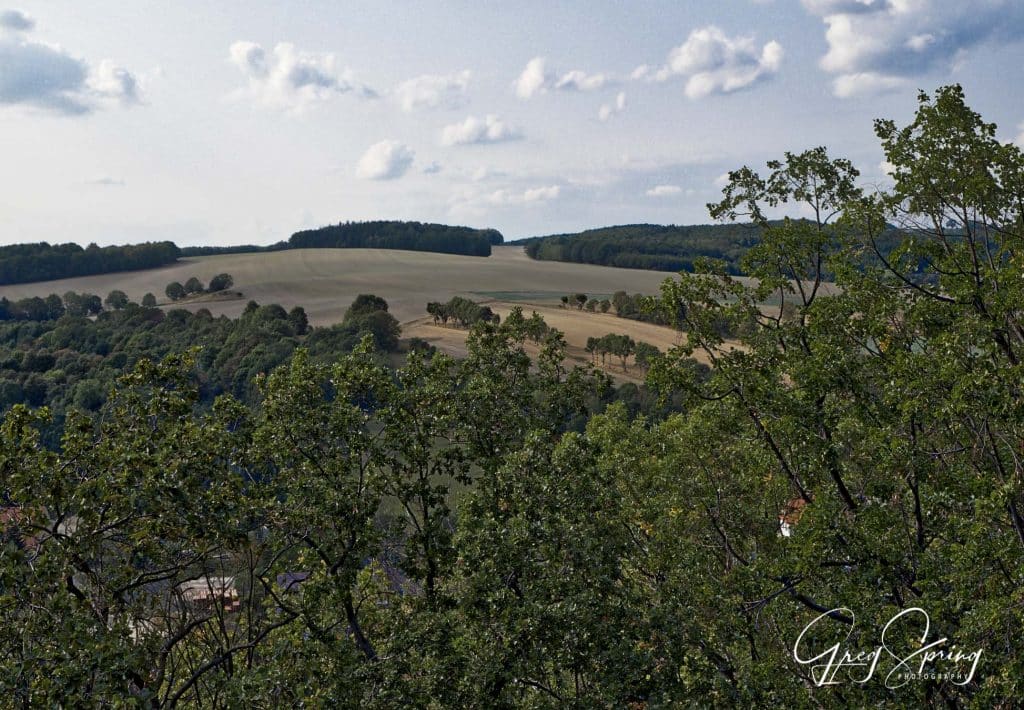
A castle has been standing in this place since 1277 and as you walk the ruined walls and courtyards, you can feel this ancient time in the imposing stones. This is a place for a ramble and a reverie. Bolków contains a special drama.
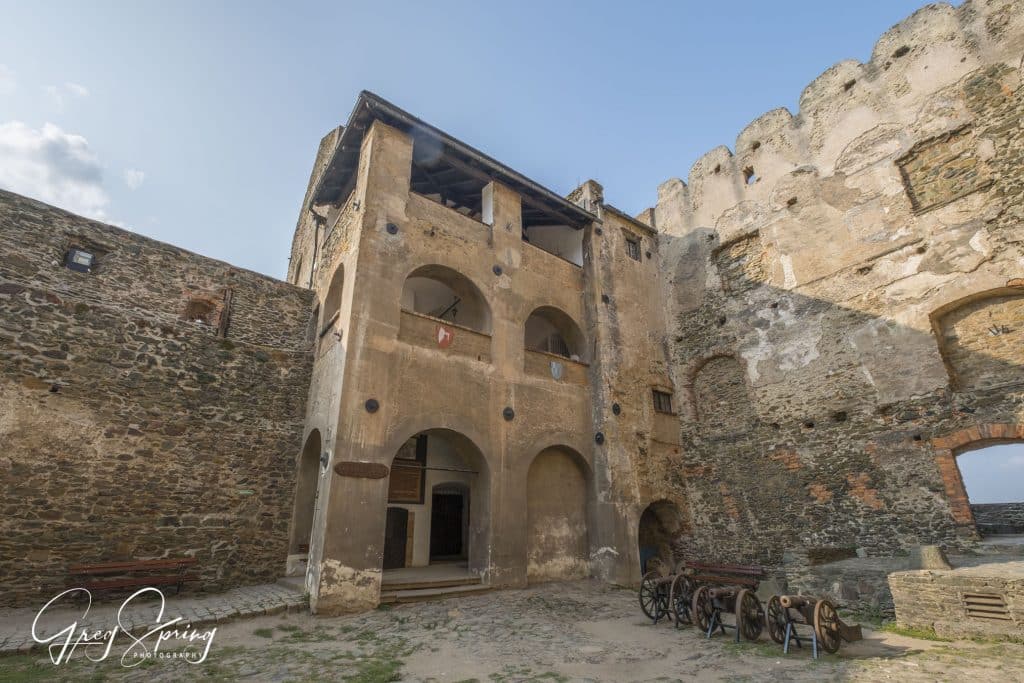
The castle has a strange silhouette with curves that attest to its defensive stature over the last 4 centuries. This Piast dynasty castle, a large fortress stronghold, once defended nearby trade routes. It stirs the imagination and is testimony to the dramatic history of this part of Central Europe.
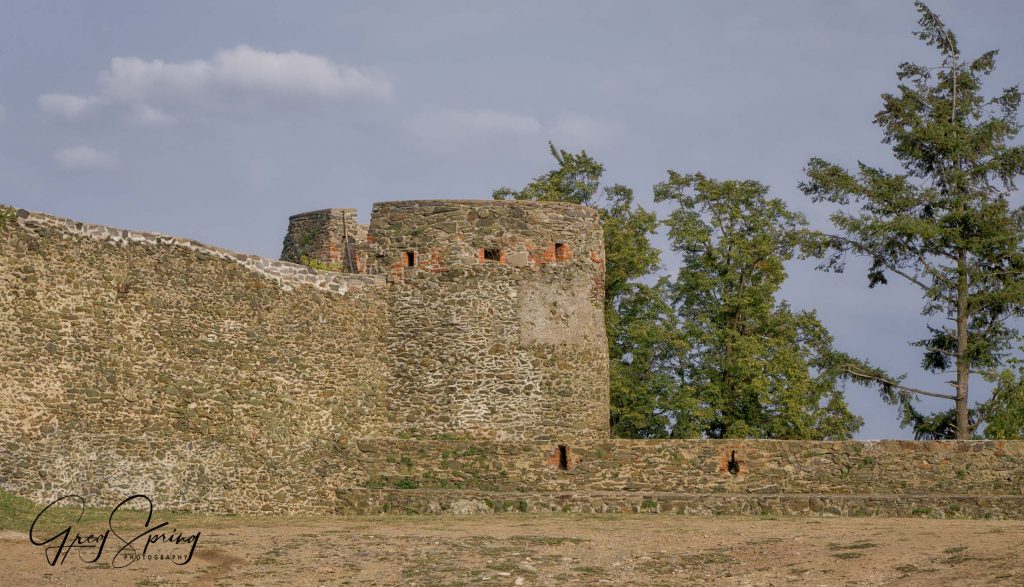
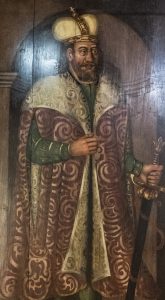 A small museum at the top of some wooden stairs was interesting. There was a framed ornate family tree that was very extensive, detailed and decorative. On the walls were strange paintings of former rulers. There were also armaments and nice models of other castles connected to the Piast dynasty.
A small museum at the top of some wooden stairs was interesting. There was a framed ornate family tree that was very extensive, detailed and decorative. On the walls were strange paintings of former rulers. There were also armaments and nice models of other castles connected to the Piast dynasty.
There are various events held at the castle but the highlighted event is the Castle Party which is an all-night gothic festival of alternative music. People come to rock on through the night.
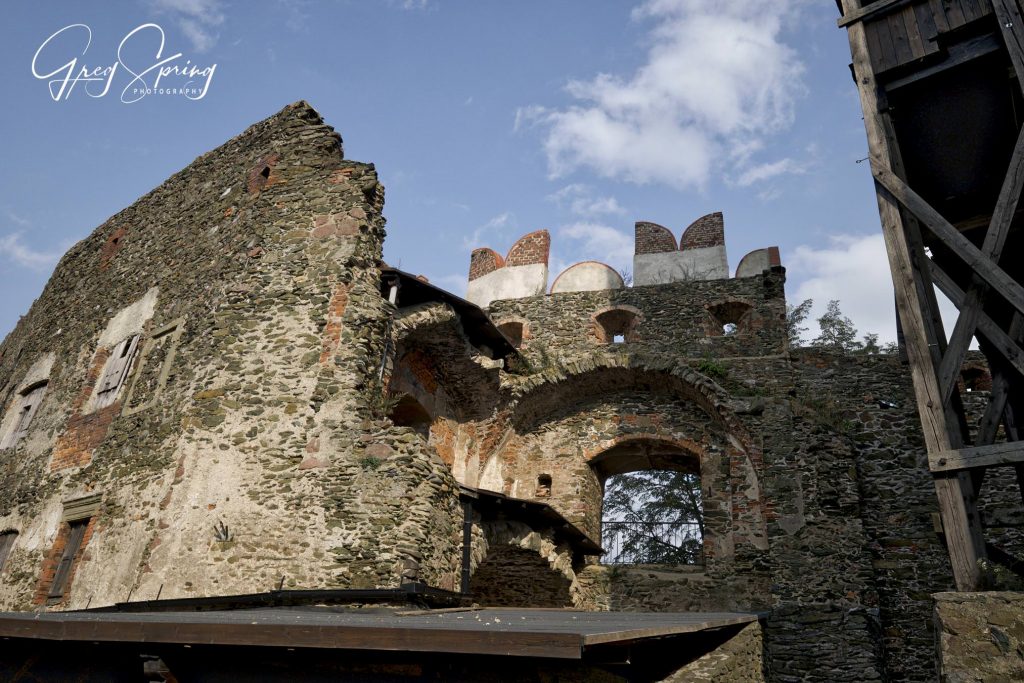
The location of this castle is difficult to pin down. Our GPS worked well to get us there. You might want to check with a map if you are traveling to Bolków. This part of Silesia is pretty rural and can become a beautiful jaunt.
After Bolków, we were off to Jelenia Góra for a rest in anticipation of Day 2 of our Castle Road Trip. On to Czocha and Grodzieć!
“Why Poland?” is a blog written and produced by Grace Nagiecka with photos by Gregory Spring. Kraków, Poland 2018.
We invite you to visit our other blog pages, “Wanderlusting Dreams” at https://www.wanderlustingdreams.com
and “Greg Spring Photography” at https://gregoryspring.com
Thank you.
